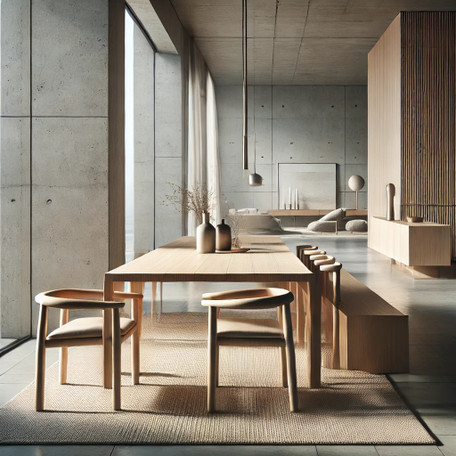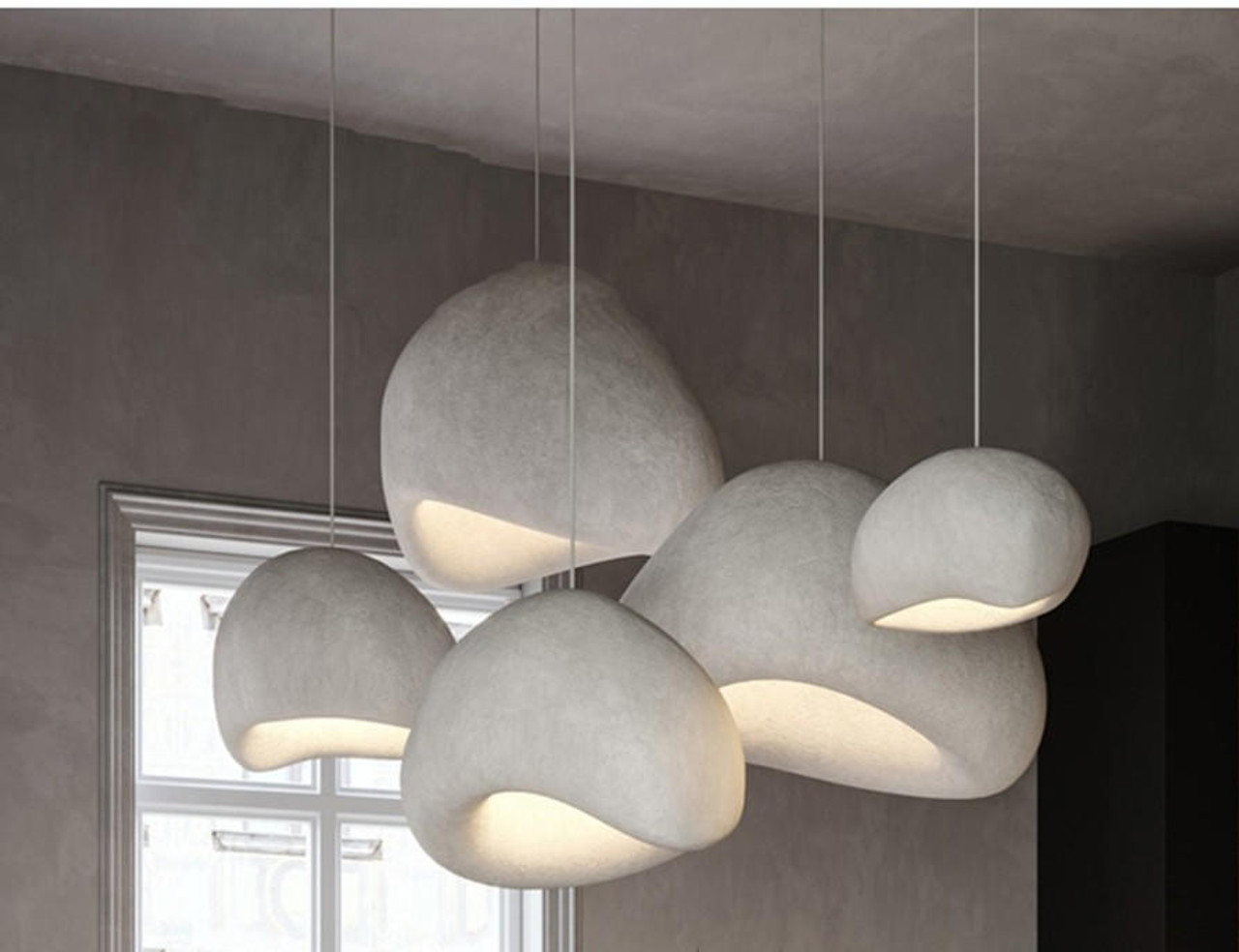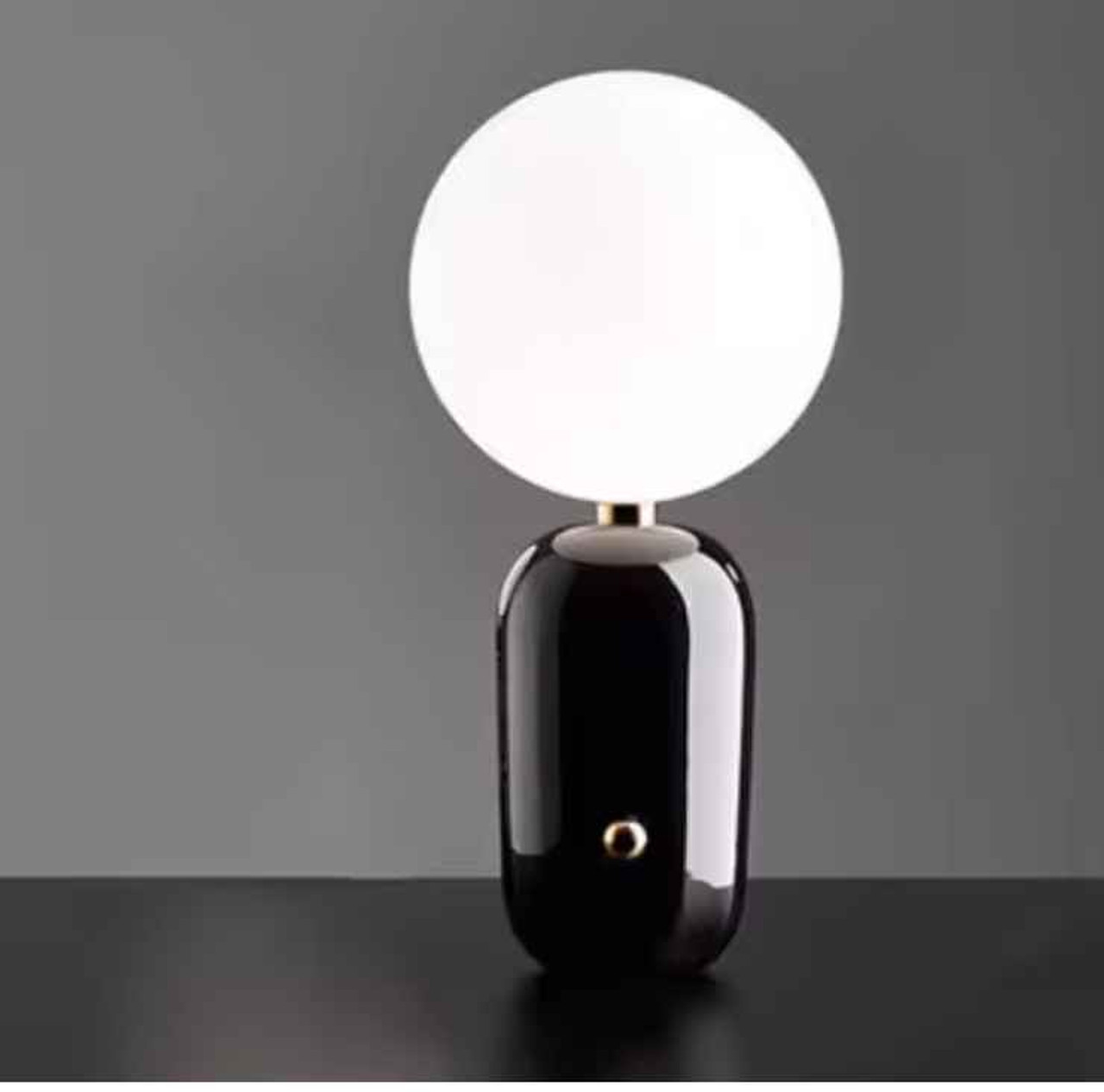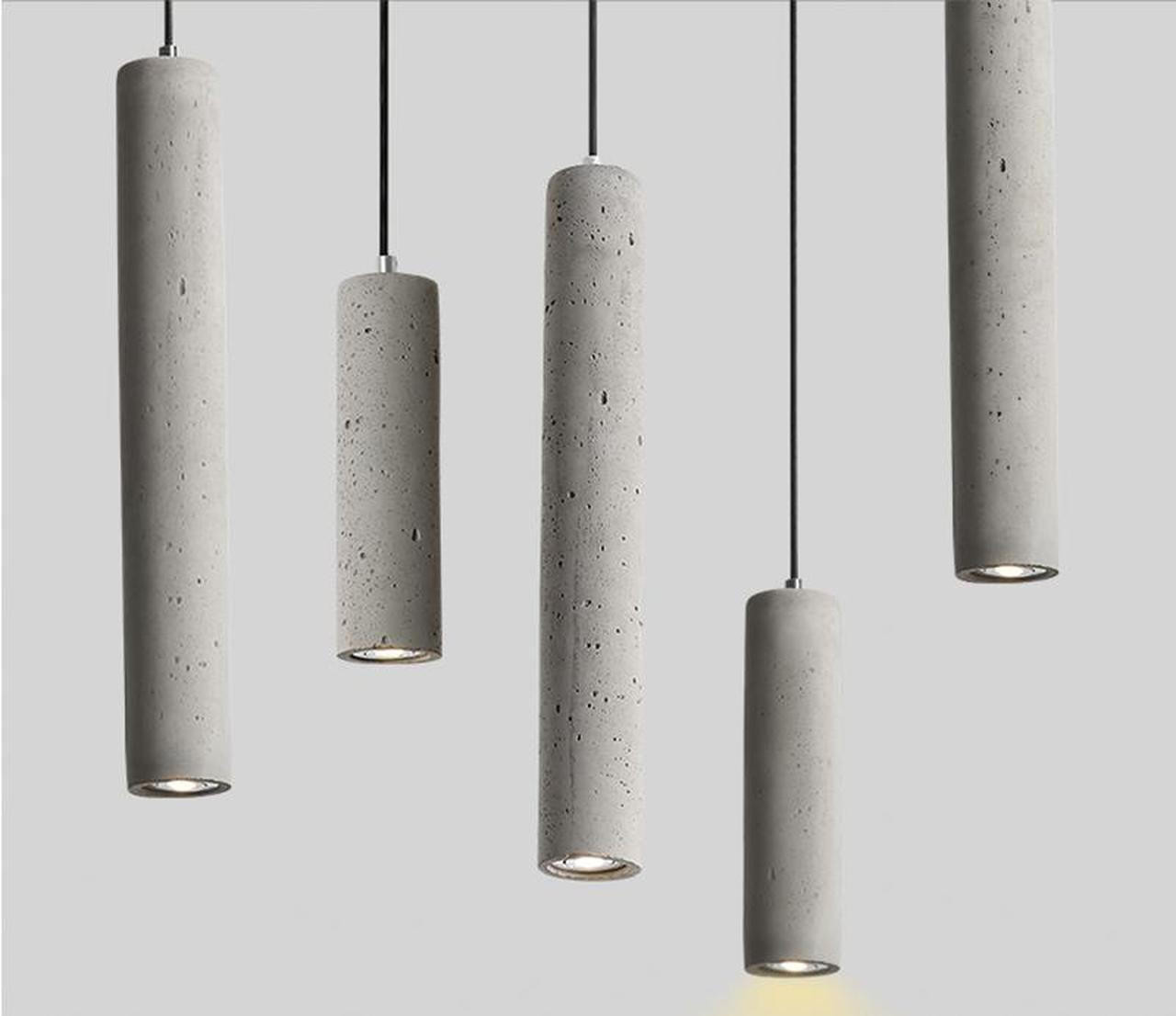How Danish Designer Kim Almsig is Redefining Modern Minimalism in Scandinavian Design
28th Aug 2024
Scandinavian design has long been revered for its emphasis on functionality, simplicity, and natural beauty. Rooted in the principles of minimalism, it seeks to create spaces and products that are both aesthetically pleasing and practical. Among the many designers contributing to this rich tradition, Danish designer Kim Almsig stands out as a visionary who is redefining modern minimalism in Scandinavian design. Through his innovative approach, Almsig is breathing new life into the minimalist ethos, blending tradition with contemporary influences to create designs that resonate in today’s fast-paced world.
The Evolution of Scandinavian Minimalism
To appreciate Kim Almsig’s impact on modern minimalism, it’s essential to understand the evolution of Scandinavian design. Emerging in the early 20th century, Scandinavian design was a response to the Industrial Revolution and the need for affordable, functional, and beautiful products for the everyday consumer. Designers like Alvar Aalto, Arne Jacobsen, and Hans Wegner became iconic figures, known for their ability to merge form and function seamlessly.
Minimalism became a cornerstone of Scandinavian design, characterized by clean lines, neutral color palettes, and the use of natural materials like wood, leather, and wool. The goal was to create environments that were serene, clutter-free, and connected to nature. This approach not only influenced interior design but also extended to architecture, furniture, and product design.
Kim Almsig’s Design Philosophy
Kim Almsig is a designer who embodies the essence of Scandinavian minimalism while also pushing its boundaries. His design philosophy is rooted in the belief that minimalism is not just about stripping away the unnecessary but also about creating spaces and objects that enhance the human experience. Almsig’s work is characterized by a deep respect for materials, a focus on craftsmanship, and a desire to create designs that are both timeless and relevant.
Almsig’s approach to minimalism is unique in that he doesn’t view it as a static set of rules but rather as a dynamic framework that can be adapted and evolved. He believes that minimalism should not be about austerity but about balance, where every element has a purpose and contributes to the overall harmony of the design. This perspective allows him to create spaces and objects that are not only visually striking but also warm and inviting.
Key Projects and Innovations
Kim Almsig has worked on a wide range of projects, from residential interiors to commercial spaces, each reflecting his innovative approach to modern minimalism. Here are a few key projects that highlight his impact on Scandinavian design:
1. The Nordic Haven Residence
One of Almsig’s most celebrated projects is the Nordic Haven Residence, a private home that perfectly encapsulates his approach to modern minimalism. The design of this residence is a masterclass in balance, where every detail, from the architecture to the furniture, is carefully considered. Almsig used a neutral color palette of whites, grays, and natural wood tones to create a serene environment that feels both spacious and intimate.
The furniture, much of it custom-designed by Almsig, features clean lines and simple forms, yet it is the subtle details that make the pieces stand out. For instance, the dining table is crafted from a single piece of oak, with the grain running lengthwise to emphasize the natural beauty of the wood. The chairs, also designed by Almsig, are upholstered in soft, textured fabric, adding warmth and comfort to the minimalist space.
2. The Copenhagen Collective Workspace
In the commercial sector, Almsig’s design for the Copenhagen Collective Workspace is a prime example of how modern minimalism can enhance productivity and well-being. This co-working space is designed to foster creativity and collaboration while maintaining a sense of calm and order. Almsig’s use of natural light, open layouts, and flexible furniture arrangements allows the space to adapt to different needs throughout the day.
One of the standout features of this project is the use of biophilic design elements, such as indoor plants and natural materials, which bring a sense of nature into the urban environment. The workspace is divided into zones, each with its own unique character, yet the overall design remains cohesive and harmonious. Almsig’s attention to detail is evident in the custom lighting fixtures, which are both functional and sculptural, adding a touch of artistry to the minimalist setting.
3. The Elements Collection
Beyond interiors, Kim Almsig has also made a significant impact on product design with his Elements Collection, a line of furniture and home accessories that exemplifies his approach to modern minimalism. This collection is inspired by the natural elements of earth, water, and air, and each piece is designed to evoke a sense of calm and balance.
The collection includes everything from dining tables and chairs to lighting fixtures and decorative objects. Each piece is crafted from high-quality materials, such as solid wood, metal, and stone, and is designed to be both functional and beautiful. The simplicity of the forms belies the complexity of the craftsmanship, with each piece requiring meticulous attention to detail.
One of the most notable pieces in the collection is the Air Lamp, a lighting fixture that appears to float in mid-air. The lamp is made from a thin metal frame, which is barely visible, and a translucent shade that diffuses the light in a soft, ambient glow. The Air Lamp is a perfect example of how Almsig combines minimalism with innovation, creating designs that are both timeless and contemporary.
The Impact of Kim Almsig on Contemporary Design
Kim Almsig’s influence on modern minimalism extends beyond his individual projects and products. His work has inspired a new generation of designers to rethink the role of minimalism in contemporary design. Almsig’s emphasis on balance, harmony, and the human experience has resonated with those who seek to create spaces that are not only visually appealing but also enhance well-being.
Almsig’s approach to minimalism is also particularly relevant in today’s world, where there is a growing awareness of the importance of sustainability and mindful living. By focusing on quality over quantity and by creating designs that are meant to last, Almsig is contributing to a more sustainable approach to design. His work encourages us to consider the impact of our choices on both our environment and our well-being, and to prioritize designs that enrich our lives.
Conclusion
Kim Almsig is redefining modern minimalism within Scandinavian design, bringing a fresh perspective to a tradition that has long been celebrated for its simplicity and functionality. Through his innovative projects, thoughtful design philosophy, and attention to detail, Almsig is proving that minimalism is not just about aesthetics but about creating spaces and objects that enhance the human experience.
As we move forward in a world where the pace of life is ever-increasing, Almsig’s work serves as a reminder of the importance of simplicity, balance, and connection to nature. His designs are not only beautiful but also meaningful, offering a sense of calm and clarity in an often chaotic world. Whether through residential interiors, commercial spaces, or product design, Kim Almsig is leaving a lasting impact on the world of design, one that will continue to inspire and influence for years to come.





